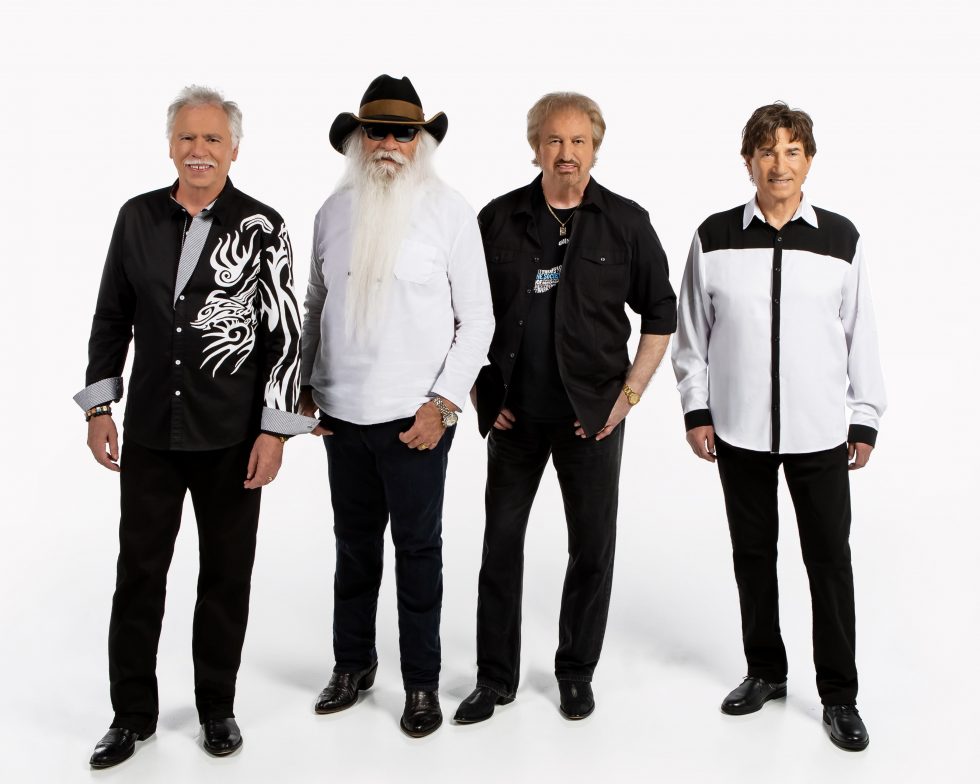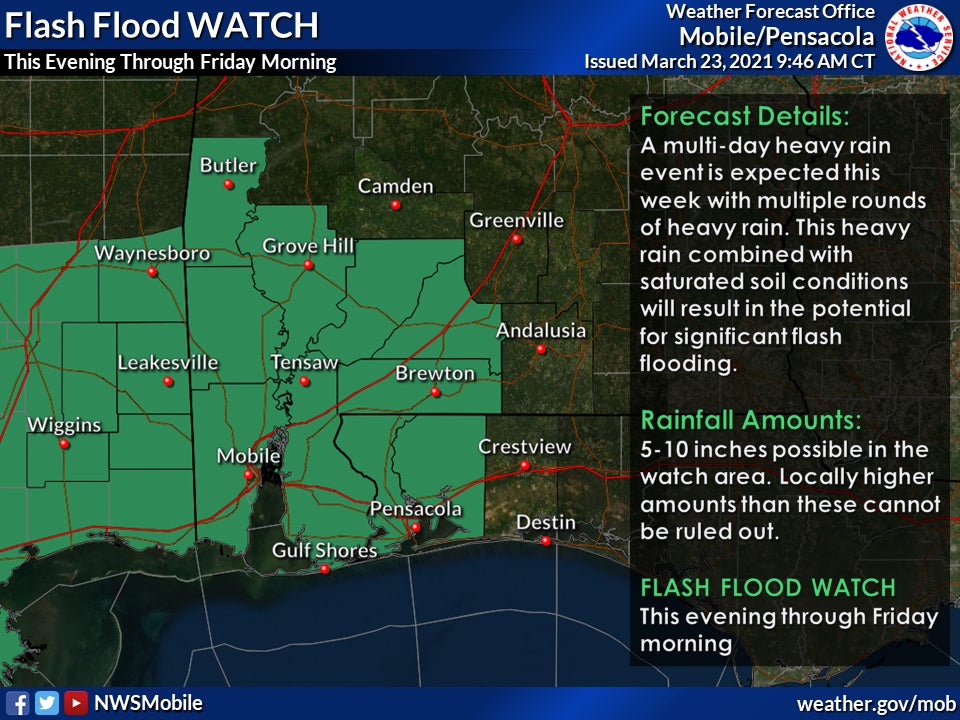Peavy family receives award for local weather observation
Published 8:57 pm Monday, November 27, 2006
By Staff
Special to the standard
Recognizing 72 years of service to America, NOAA's National Weather Service has named the Peavy family of Brewton, as a 2006 recipient of the agency's John Campanius Holm Award for outstanding service in the Cooperative Weather Observer Program. The award is the agency's second most prestigious and only 25 are presented this year to cooperative weather observers from around the country.
The award was presented during a ceremony at the Brewton home of Shirley Peavy recently.
Providing weather observations has been a Peavy family tradition since Willis Peavey began observing for the U.S. Weather Bureau in 1933. Following his death in the 1940s, his wife Clara became the family's principal observer. In addition to providing daily temperature and precipitation data, the family began reading river gauge observations in 1949. By 1978, the primary responsibility had been passed on to John Peavy and his wife Shirley. With the help of their children, Shirley has been providing the readings since John's death in 1994.
Like all of the family members who preceded her, Shirley Peavy has provided timely, accurate and reliable readings for the Mobile, Ala., weather forecast office. Her reports have been quite consistent, even during periods of severe or hazardous weather. She recalls some of the most hazardous observations were the result of getting readings from a weighted-wire gauge suspended from a bridge over the flood swollen Conecuh River.
Weather records retain their importance as time goes by. Long and continuous records provide an accurate picture of a locale's normal weather, and give climatologists and others a basis for predicting future trends. These data are invaluable for scientists studying floods, droughts and heat and cold waves. At the end of each month, observers mail their records to the National Climatic Data Center for publication in “Climatological Data” or “Hourly Precipitation Data.”
The first extensive network of cooperative stations was set up in the 1890s as a result of an 1890 act of Congress that established the U.S. Weather Bureau. Many of the stations have even longer histories. John Campanius Holm's weather records, taken without benefit of instruments in 1644 and 1645, were the earliest known recorded observations in the United States.
Many historic figures have also maintained weather records, including Benjamin Franklin, George Washington and Thomas Jefferson. Jefferson maintained an almost unbroken record of weather observations between 1776 and 1816, and Washington took weather observations just a few days before he died. The Jefferson and Holm awards are named for these weather observation pioneers.
In 2007, the National Oceanic and Atmospheric Administration, an agency of the U.S. Commerce Department, celebrates 200 years of science and service to the nation. From the establishment of the Survey of the Coast in 1807 by Thomas Jefferson to the formation of the Weather Bureau and the Bureau of Commercial Fisheries in the 1870s, much of America's scientific heritage is rooted in NOAA.
NOAA is dedicated to enhancing economic security and national safety through the prediction and research of weather and climate-related events and information service delivery for transportation, and by providing environmental stewardship of our nation's coastal and marine resources. Through the emerging Global Earth Observation System of Systems (GEOSS), NOAA is working with its federal partners, more than 60 countries and the European Commission to develop a global monitoring network that is as integrated as the planet it observes, predicts and protects.




